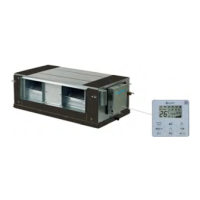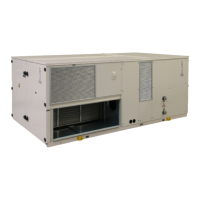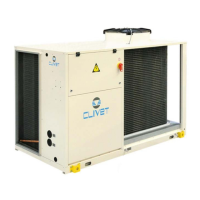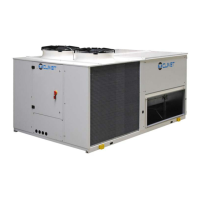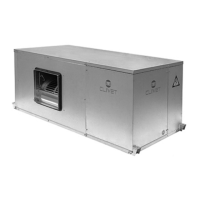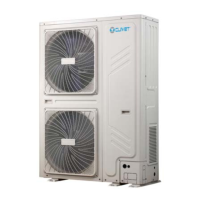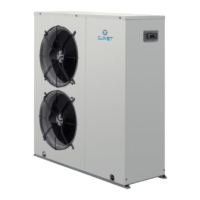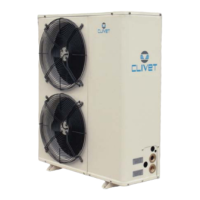34 CSRN-XHE2 15.2-44.4 M08F40N15-02
10.2 Electronic lters
The most common contaminants for which the lter is designed, are: air pollution by PM10, PM 2,5 and PM1
Contaminants that can be ltered:
t
dry smokes
t
powder (up to 0,3 microns)
t
smoke electrostatically charged
Contaminants that can NOT be ltered:
t
water vapors also in low concentration
t
oil vapors
t
large amounts of dust
t
metal shavings,iron ling dusts and waste generally
t
Gas
Absolutely to avoid:
t
metal dusts also ne
t
fumes produced by combustion of organic and not materials (wood, coal, gasoline, etc.)
MATERIALS NECESSARY FOR MAINTENANCE
t
Plastic or steel tank (750x750x310 mm) with settling bottom
t
Acid detergent B01212 (code CLIVET C6460316)
t
Protective gloves and goggles
t
Graduated jug
t
Pump for manual or pneumatic spraying
Do not use aluminum tanks or galvanized
Foresee a stainless steel frame that keeps the lters lifted from the tank base to have a settling bottom for the muds.
The electronic adjustment is integrated in the lter; maintenance can be carried out without removing it.
Remove the pre-lter by lifting it of about 1 cm and remove it as shown in gure.
1. Position the lter to be washed on a support to facilitate work.
2. Prepare a tank with a solution of B01212 detergent and water at 1÷20.
3. Immerse the lter in this solution.
4. Ensure the solution covers the entire lter.
5. A slight chemical reaction is noticed within 2÷3 minutes with the development of foam. Wait 3 or 4 minutes.
6. Rinse the lter with a jet of water or using a low-pressure water jet machine.
7. Leave the electrostatic cells to dry in a hot room or directly in the sun for a few hours. Keep the cells lifted from the ground using two
metal or wooden laths.
8. Check the ionisation wires before remounting the lter.
The cleaner can be used to clean about 20 lters.
Can be recovered and placed in plastic containers closed; the air oxidizes the cleaner and reduces its eectiveness.
IONISATION WIRES
The impurities can determine oxidation or scaling on the wires, which can be removed using a cloth soaked in alcohol or an abrasive scourer
with very ne grain.
Due to the high voltage powering them, the ionisation wires are subject to wear.
To foresee a yearly replacement OF ALL WIRES avoids unexpected breaks.
In case of break:
1. remove all wire pieces present in the cell and remove the springs stretching the wire
2. hook the spring to the wire eyelet
3. grip the ionisation wire with curved beaks pliers
4. hook the top of the spring with the open eyelet to the wire stretcher rod of the electrostatic cell
5. keeping the ionisation wire stretched, with the other hand hook it to the other wire stretching rod, always by means of the curved beaks
pliers
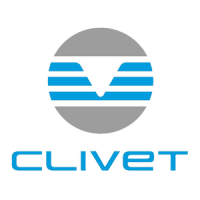
